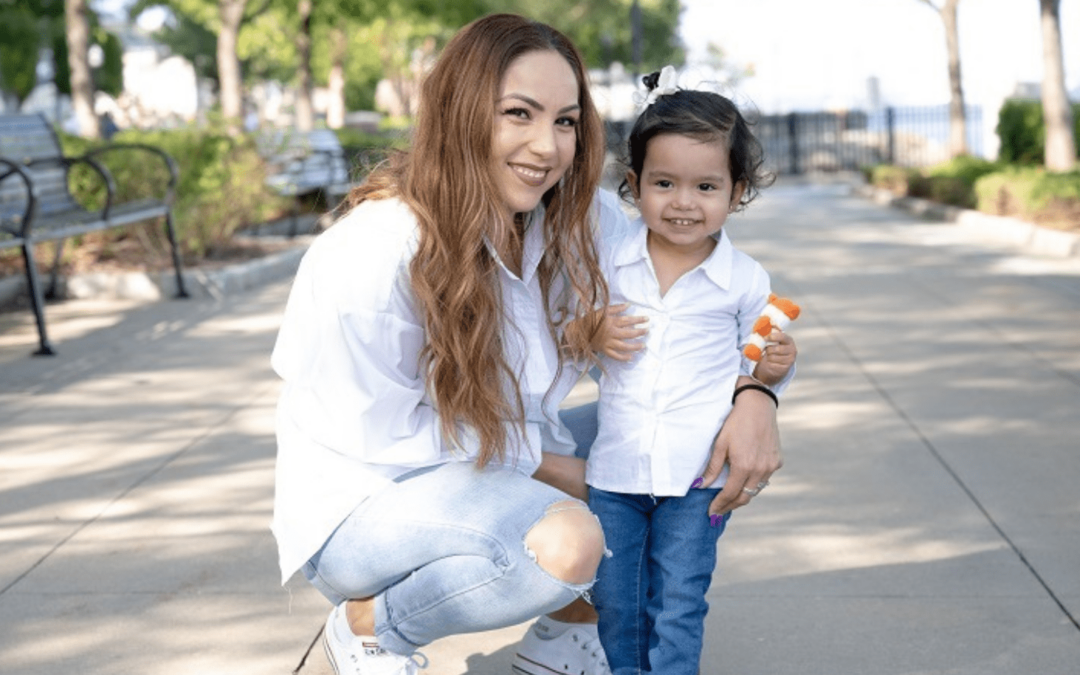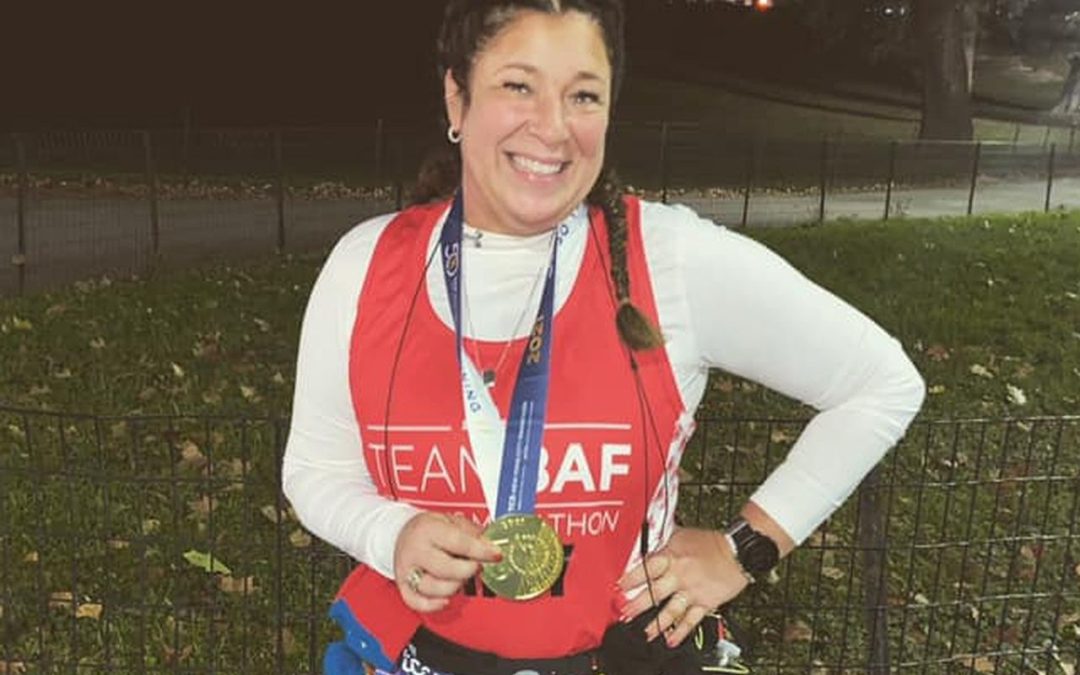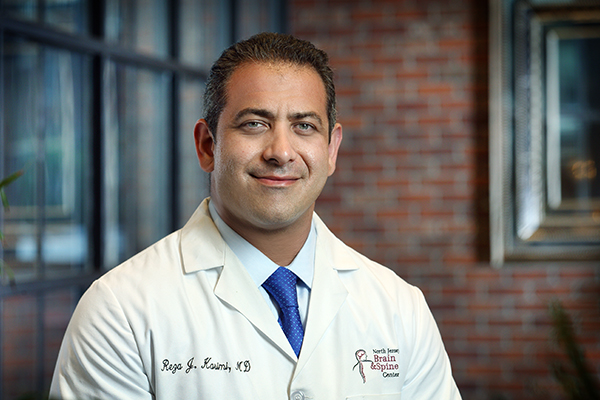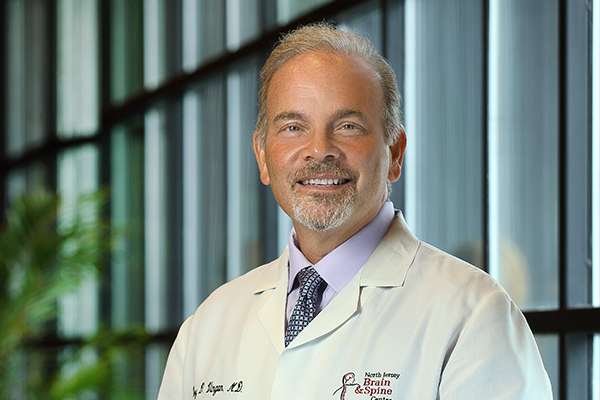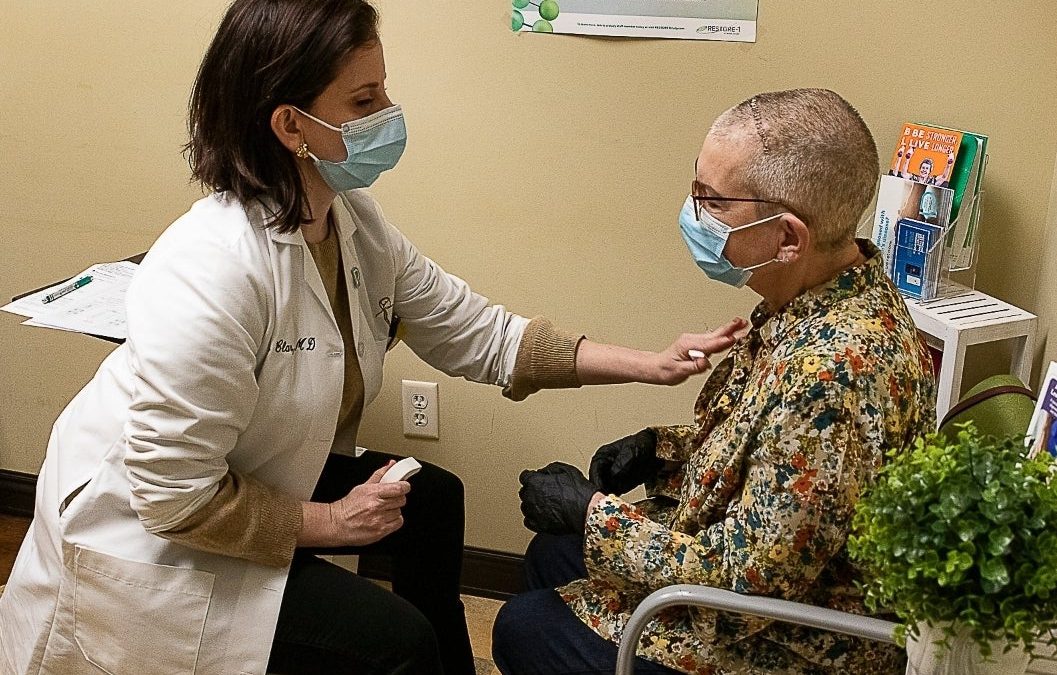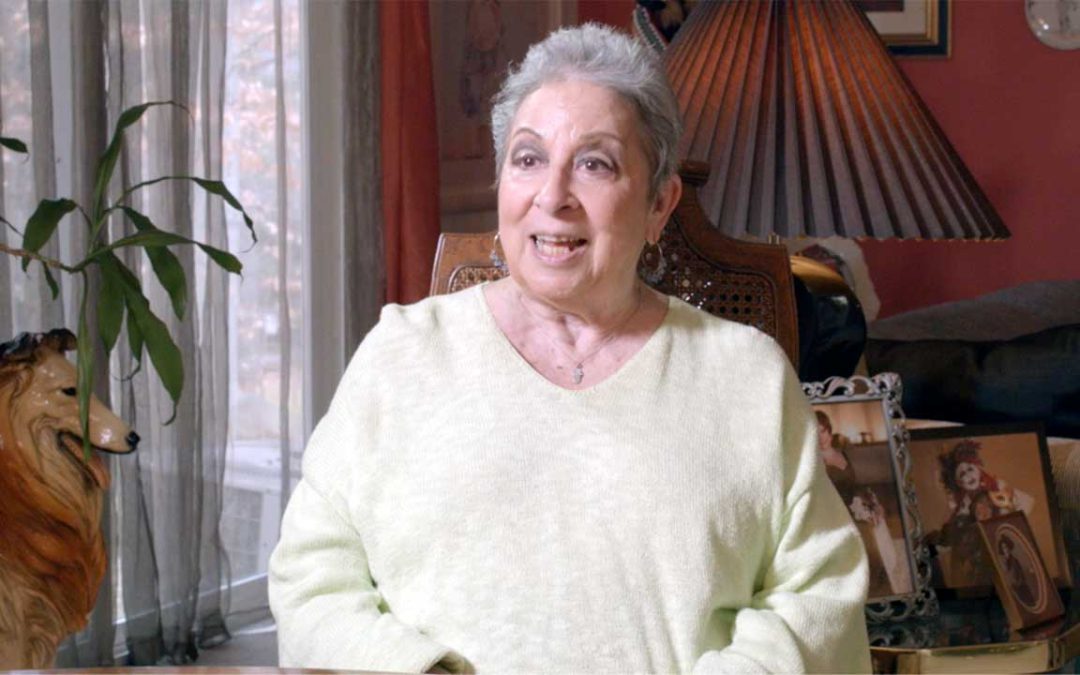What is Craniotomy? Review some of the most commonly asked questions about Craniotomy:
- What is a craniotomy?
- Which conditions can benefit from a craniotomy?
- How to prepare for a craniotomy?
- What happens during craniotomy?
- What are the benefits of a craniotomy?
- What does craniotomy recovery entail?
What is a craniotomy?
Craniotomy is a surgical procedure that involves the removal of a portion of the skull to access the brain. During the surgical procedure, your surgeon replaces the removed part of the skull before closing the incision site. It can take up to two months to fully heal after undergoing a craniotomy.
A craniotomy is done in order to treat tumors, epilepsy and blood clots. The following question explores other conditions that may benefit from a craniotomy.
Which conditions can benefit from a craniotomy?
A craniotomy is commonly performed to treat conditions such as brain tumors, traumatic brain injury, brain aneurysm, arteriovenous malformations and epilepsy. The procedure is most often performed under general anesthesia and involves making an incision in the scalp, usually behind the hairline. A piece of the skull is removed to allow the surgeon to access the brain. After the surgery, the skull piece is replaced and secured with screws or plates and the incision closed. In most patients, once the healing process is complete there will be little to no visible scar.
How to prepare for a craniotomy?
Prior to your craniotomy surgery, you will meet the surgeon. Your surgeon will order several tests in order to assess your reason for your surgery and your overall health. These tests also assist the anesthesiologist in determining how much anesthetic is needed during your procedure. The following tests may be needed before a craniotomy:
- Blood tests
- Physical examination
- Imaging tests (CT scan, MRI, PET scan or angiogram)
Your surgeon will let you know to properly prepare for your surgery, including:
- Stopping any blood-thinning medications prior to your surgery
- Arriving on the day of the surgical procedure on an empty stomach
- Taking corticosteroids, antibiotics or anticonvulsant medications prior to the surgery
In addition, your surgeon will discuss your test results and will further explain your procedure. Your surgeon will also explain the side effects of the treatment, what to expect after the surgical procedure and your healing time.
What happens during a craniotomy?
On the day of your procedure, an anesthesiologist will give you anesthesia. This is done so you do not feel any pain. Once in the operating room, the surgical team will adjust the position of your body and head.
Your surgeon will start by shaving hair near the incision site and sterilizing your head to reduce your risk of infection. Then, an incision is made. The exact location of the opening site depends on the type of craniotomy you need. Next, the surgeon moves muscles around the skull, drills several holes and cuts in between each hole with a medical saw in order to remove a piece of the skull.
After removing the piece of the skull, the surgeon removes and/or repairs your brain depending on the reason for your surgery. Once your brain condition is treated, the surgeon fits your skull back into place. The surgeon moves any tissues or muscles back into place and closes up the incision.
What are the benefits of a craniotomy?
The benefits of a craniotomy vary depending on the specific reason for the surgery. The potential main benefit of a craniotomy is that the procedure treats the cause of the surgery, including:
- Treating an underlying condition
- Removing a tumor
- Repairing blood vessels of the brain
It is important to note that a craniotomy helps prevent patients from life-threatening complications, which improves overall life expectancy.
What does craniotomy recovery entail?
The typical recovery time after a craniotomy is several days to weeks, depending on the patient’s overall health and the type of procedure performed. Craniotomy recovery may include symptoms such as headaches, fatigue, and nausea, but these symptoms usually subside as the body heals. It’s important for patients to follow their doctor’s instructions for a successful recovery after a craniotomy.
